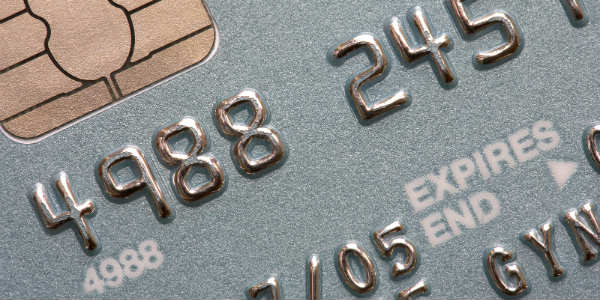EMV…Can credit unions afford to wait?

During a recent presentation on EMV at the Cornerstone Credit Union League conference, questions were asked about the cost of upgrades to existing ATMs. The answers always start with the cost of the card readers, the cost of labor for field installations, and the pending costs to update the readers with software to enable EMV transactions. Roughly, $2,000 – $4,000 per ATM is anticipated when all the services are added up. Then, the deal-breaker…they asked how much new cards to be issued would cost. Close to $4.00 each; whereas they pay approximately $1.00 today. If credit unions were to wait until the 11th hour to make provisions for EMV upgrades, they may find themselves financially strapped and vastly under-budgeted.
Planning and preparation have to be considered and we do not recommend you wait any longer to identify your action plans. If you deploy ATMs, it is most important that you keep up with the latest developments to make the most informed decisions possible. You must plan properly or the cost may overwhelm you. So…can you afford to wait?
– Prepare in Advance: Talk to hardware manufacturers, transaction processors and service teams to identify what needs to be done to your fleet of ATMs. You must note that service companies won’t be hiring thousands of techs to do this work when the time comes. Manufacturers can only make so many upgrade kits per day once the demand becomes high. Remember, there are over 400,000 ATMs. The greater majority will need attention.
Here are the estimates for EMV conversion in just the retail market sector:
– 45% of U.S. retail ATMs will need to be upgraded.
– 50% will need to be replaced.
– 5% will be retired.
You don’t have to rush out and buy EMV card readers right this second but you would be well-advised to have a thorough action plan in place. Evaluate your existing terminals and decide which get upgraded first, how many need to be replaced or if you’ll even continue operating at that location. When you buy new ATMs, consider getting the EMV upgrade option…it will certainly save you field installation fees down the road. This will help spread the conversion costs over a longer span of time.
– Educate: Talk to members NOW and use this time wisely to discuss the differences in the cards being issued. The cards will have both mag-stripes AND a chip for quite a while but, at minimum, members must be educated on how the new card readers will work.
We’ve done a great job teaching cardholders to insert their cards and remove them quickly. Unfortunately, that’s not how an EMV reader works. The card reader will hold the card to make contact with the chip. Pulling the card out quickly will nullify the transaction. Cardholders will need to leave it in the reader and not instinctively try to pull the card back out. Take this time to develop a member training program that includes several weeks of member focus and attention. They will need to be taught and they’ll appreciate your guidance. Repetition will make it an easier transition to chip-based cards.
Here are some highly effective methods:
– Direct Mail
– Email Blasts
– Physical Signage
– On-Screen ATM Messaging
– In Store/Branch Member Outreach
And remember…you’re not just teaching them to use your ATMs, you’re teaching them to use all the POS devices and fuel pumps that will also require upgrades.
– Take First Steps: ATM manufacturers offer EMV Card Readers as an option today. They cost approximately $250 – $300 for the upgrade. Even though EMV may not be utilized on that ATM for some time, you’ve at least prepared the ATM for the technology and cut down on multiple visits to the terminal for upgrades later. Labor is costly.
You may also wish to begin stocking an inventory of card readers for your particular fleet of ATMs. If possible, have your technicians begin replacing card readers on your existing terminals. This will make their time in the field more efficient while they perform standard/regular maintenance. You can gradually update your fleet and not take a huge financial hit by waiting too long.
You should also expect a bit of user-error in the first few years of EMV. Try as hard as we may, we won’t be able to reach everyone. Inevitably, the card readers will have to endure a good amount of wear and tear. Have spares on hand!
If you plan to re-issue cards, then it may be advisable to begin adding the chip you’ll ultimately need for EMV security at this time. In Canada, card issuers took advantage of the few years they had in advance and they began providing their customers with EMV-ready cards ahead deadlines. The cost of card production was spread out more efficiently. By the time EMV went live, the majority of the card holders possessed the right plastic to use…and they knew how to use it.
The good news is we know EMV works and that it is a highly effective means to significantly reduce card skimming and fraud. Fortunately, we also know the costs from the global experiences that have been shared with the U.S. The message is clear; unless you have stockpiles of money laying around, waiting until the last minute could wreak havoc on your budget. Prepare well in advance, educate members who use a credit/debit card and make EMV a priority when you plan your budget.





